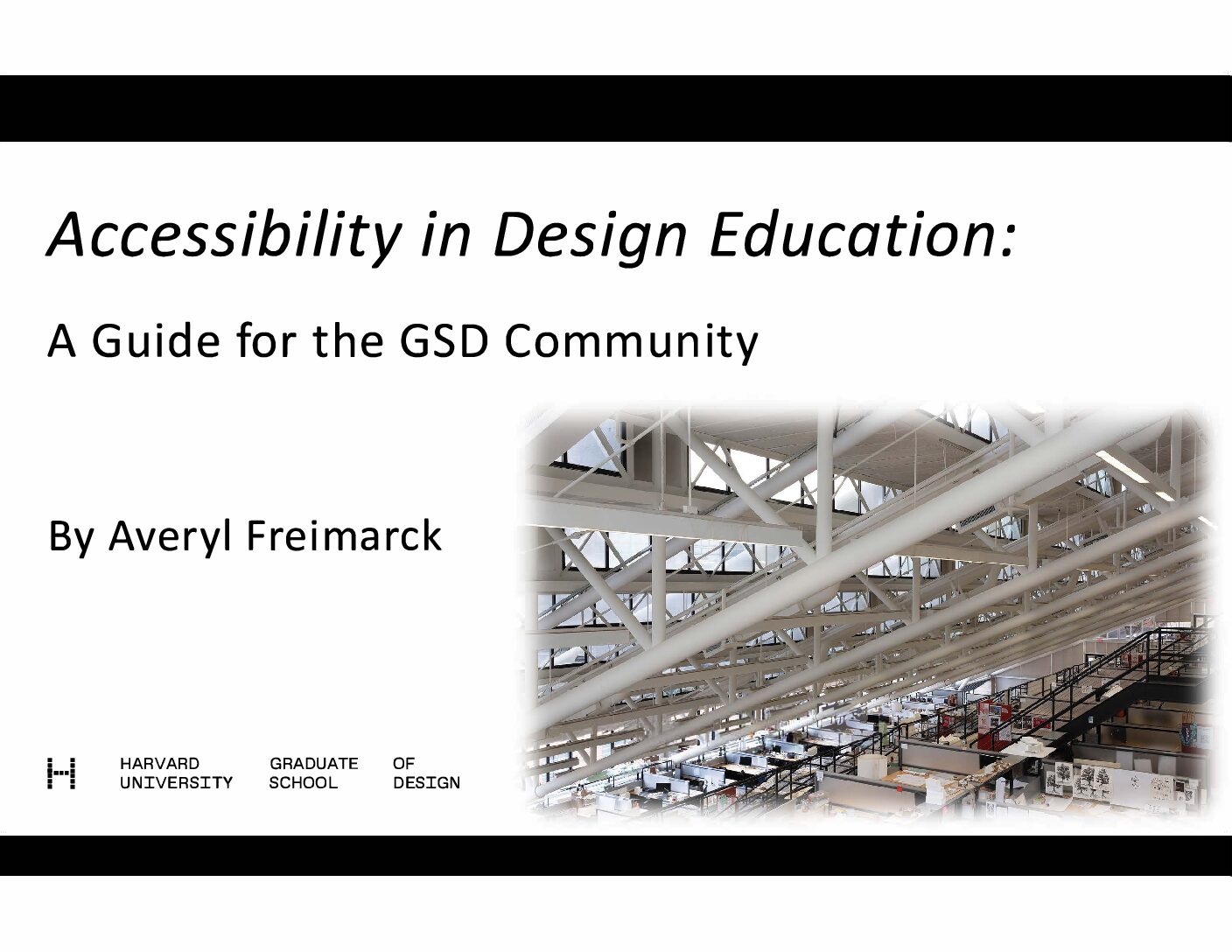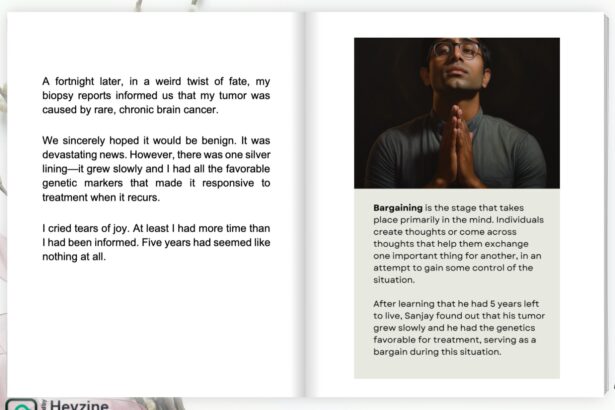My project is an online video guide (including a presentation) on the different types of accessibility accommodations aimed at Harvard’s Graduate School of Design Faculty. It will emphasize two areas: the importance of accessibility awareness, specifically for instruction, and how technology can be utilized in service of accommodations to improve pedagogy, providing for a more inclusive and equitable learning experience for all.
Through this project I’ve conversed with students, staff, and faculty at the GSD and other schools, taking into account what negatively and positively affects their learning and teaching opportunities in an ever-changing technological world. This has led me to define learning design as constant conversation, consideration, and change. Conversations change, people change, needs, desires, and what we value changes, and the environment changes, therefore design changes. I’ve also come to think of learning design as ongoing risky decision-making, a process that requires continuous questioning. This means learning designers have to constantly be in conversation with their environments and communities, actively listening and understanding immediate and long-term needs, and how all of that will affect the design of the learning experience.
Working at a design school and now studying to be a learning designer, the notion that design is inherently fickle is something I’ve been exploring throughout this semester, this class, and this project. One question in particular I’ve been pondering is, how can design education become more adaptable, and open to change than it currently is? For a discipline that is largely predicated on aesthetics and adaptability in a fluctuating environment, the rigidity and traditionality in its instruction are surprising and ultimately, exclusionary. My goal with this project is to provide an educational experience that recognizes the hardships students with learning differences have, helping to inform instructors on the significance of accessibility accommodations, and ultimately empowering them to use technology in creating an inclusive learning environment.



